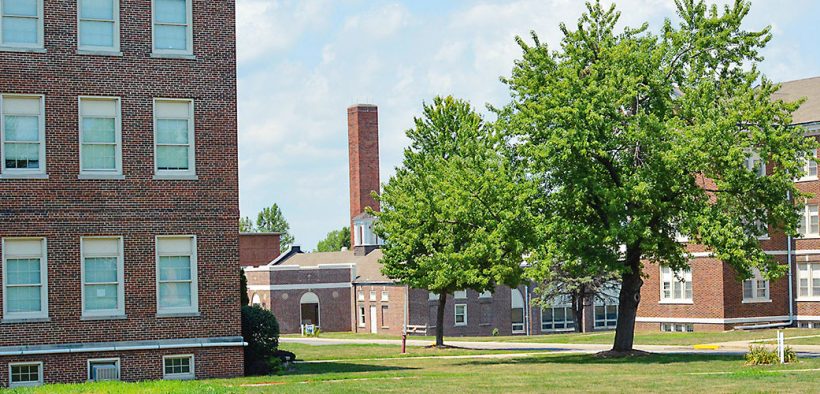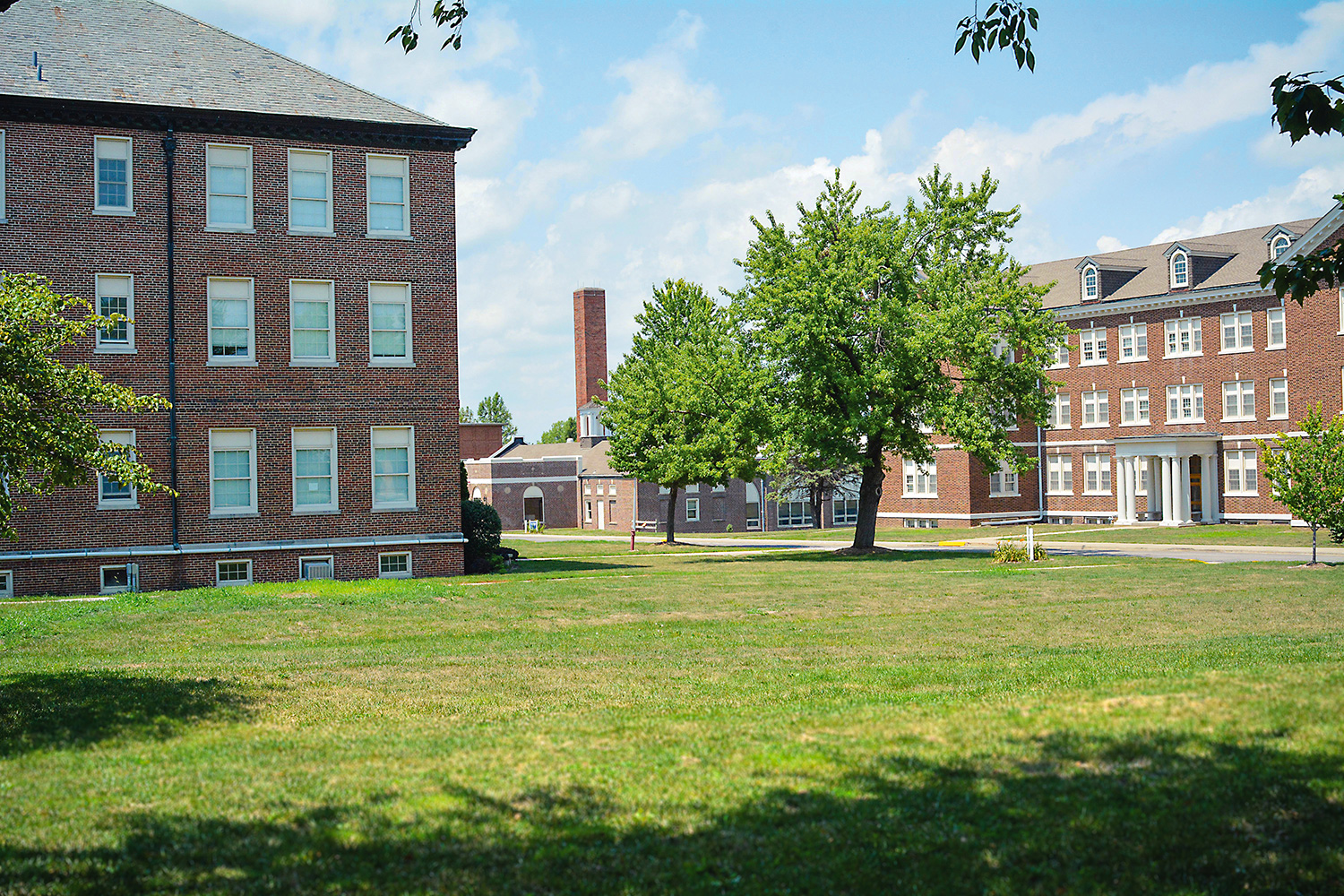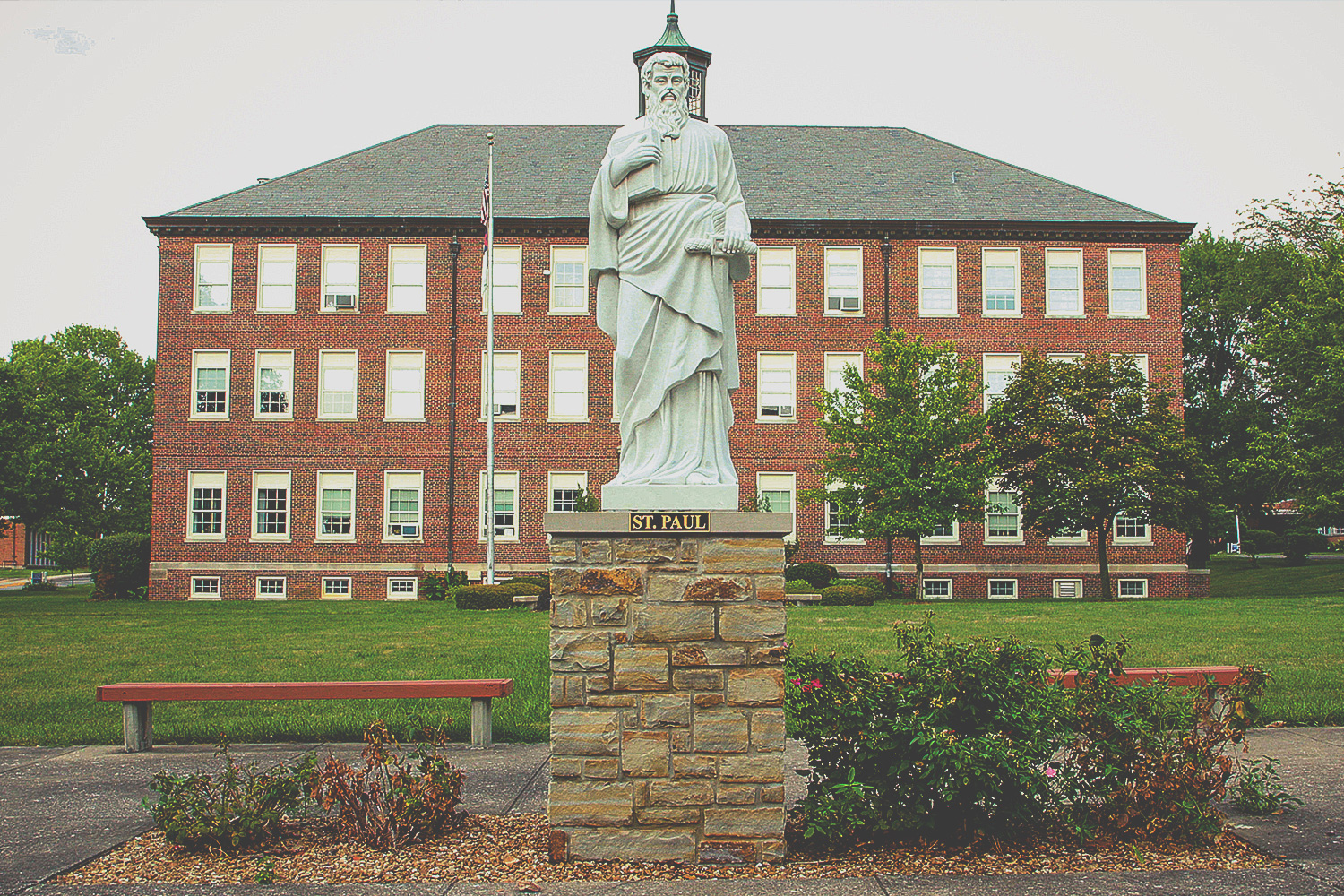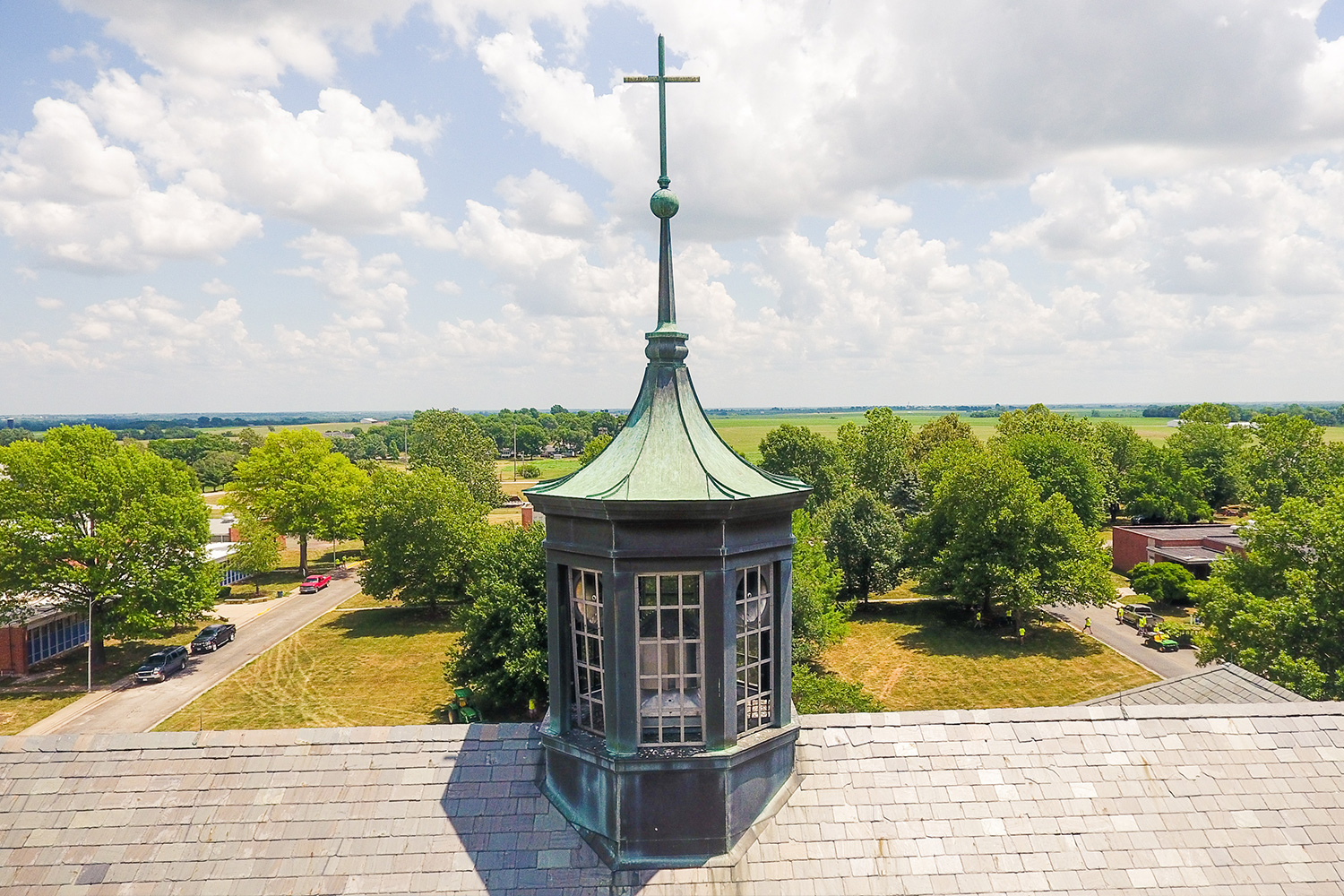
Before the Civil War, a group of German immigrants fleeing political oppression settled in a small community 75 miles east of Kansas City. This was in Lafayette County, Mo.—a location notorious for its enormous slave population.
The immigrants—fleeing their own homeland under political persecution—knew what it was like to be mistreated. They could not support slavery. For the southern sympathizers, this was unacceptable.
In a series of raids, pro-slavery guerillas looted, kidnapped and murdered German Lutherans. One of those kidnapped was Franz Julius Biltz.
With eleven other men, Biltz was chained and hauled away on horseback—his fate sealed. There was no reason to be optimistic and hope he would not be shot. These raiders always shot their captives—execution style.
Biltz, however, was spared. Upon his release he assumed his duties as the pastor of the local church, St. Paul Lutheran, and, because he was the most educated man in the county, he was awarded the part-time position of the town’s postmaster.
With this position came perks, like naming the town. True to his Lutheran roots, he named it Concordia.


A significant school
Concordia has never been a big town. Yet, what it lacked in size, it more than made up for it in loyalty to the Lutheran faith. For example, it’s not uncommon for visitors to St. Paul, amazed at nearly 700 people who attend weekly worship, to ask members if there was something special going on.
The answer: “Yes, it is Sunday.”
This number is even more impressive when you discover that Concordia’s population hovers around 2,400 people. The town also boasts one of the most historical and iconic schools in LCMS history:
Saint Paul Lutheran High School.
Nine brick buildings rest on the sprawling campus—including separate dorms for girls and boys, a gymnasium, dining hall and classrooms. The grounds are populated by immense trees and a long drive loops around the campus. Sports fields sit to the west.
Saint Paul (SPLHS) is the last of the Lutheran Church—Missouri Synod system high schools in the United States. Founded in 1883, it was originally a German-style gymnas which was a seminary prep school: students spent four years in a typical high school education program then continued for two more years in what amounted to a Jr. college. The synodical system sent students from these 6-year schools to the St. Louis seminary to become pastors or to the teacher’s seminaries (colleges) to become teachers. Originally SPLHS was known as Saint Paul’s College.
There was a time when St. Paul’s College wasn’t alone in its distinction. In fact, prep schools like SPLHS existed in Seward, NE; Oakland, CA; Conover, NC; Winfield KS; Portland, OR; Austin, TX; Bronxville, NY; St. Paul, MN; and Milwaukee, WI. If those locations ring a bell, it’s because most of those schools are now Concordia universities and colleges.
“My father was an educator and principal here…I went to school here… and grew up on campus.”
An international school
Around 200 students attended Saint Paul in the 2017-2018 school year. Approximately 35% of those students were from outside the United States. So, why does a Lutheran residential high school in a small Missouri town attract international students? There are a number of reasons why.
One group of international students attend St. Paul because their parents are missionaries. St. Paul gives them a high school experience, something they might not experience overseas.
Another group of international students attends St. Paul because they want an international, collegiate boarding experience. For these students, the parents want a safe place in the middle of the United States—away from the crime and cultural influences of big cities as well as the destructive nature of violent weather like hurricanes along the coast.
That the school is religious is a perk as well. It can also be the difference between life and death.
A Lutheran school
Rev. Paul Mehl, executive director at St. Paul, tells the story of a dark, goth European girl who became rather transparent at the end of the year when students were required to write an end of the year assessment for her religion class: she confessed that she was planning on killing herself. The week she was going to commit suicide she found out about St. Paul’s program. She made a bargain with God: I am going to try this for a year and if God doesn’t do something here, she would kill herself. It wasn’t long before God warmed her heart and she became a different person.
“People just embraced her,” Mehl said, “even with all her gothness and crazy hairstyles. She actually became court-warming queen, and when she left she wrote ‘when I came here I wasn’t even a Christian, but today I leave a Christian.’”
As for these students, Mehl said, “we are trying to take them to the Concordia University system to become pastors, teachers or missionaries. The international students, they are going to take back the stuff they learned here when
they go home.”


The school’s future
When asked about the future of Saint Paul, Mehl said: “We are going to look internationally, preparing leaders to live the love of Jesus in the broken world.”
In pursuit of that future, Mehl and the leaders at Saint Paul have partnered with Lutheran Church Extension Fund. Our team of Ministry Support consultants, who work with schools throughout the LCMS, are preparing Saint Paul for a capital campaign called “For All the Saints.”
The capital campaign is intended to raise funds for the expansion of ministries that will connect more students to the Concordia University System, increase discipleship opportunities and offer more scholarships. Funds are also needed for campus improvements like redeveloping the quad, resurfacing all pavement surfaces and repairing one of the HVAC units around the campus.
To learn how LCEF’s Ministry Support can partner with your congregation, school or RSO in visioning, strategic planning, stewardship, or Capital Campaigns please call 314-885-6444 or ministry.support@lcef.org.

